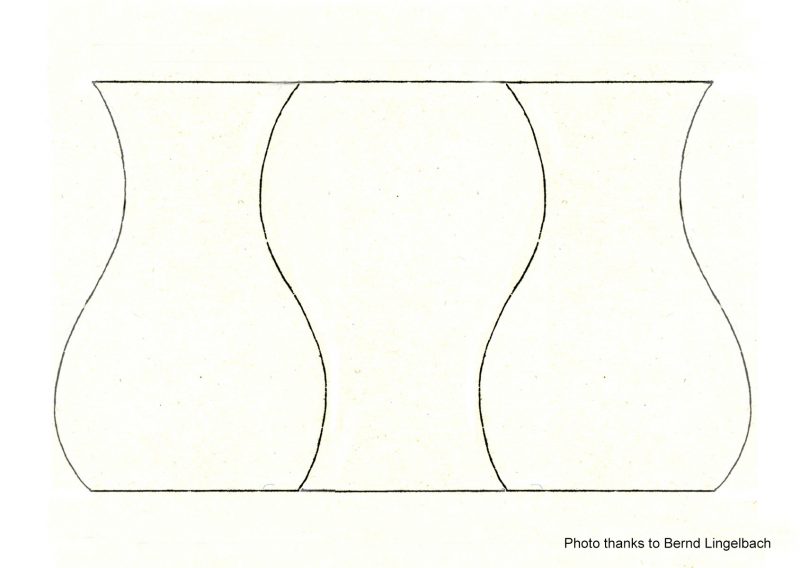
This may not look a dramatic illusion by contemporary standards: the top and bottom lines are each divided into three equal segments, but the middle segment appears longer than the flanking segments in the top line, and vice versa below. Yet it’s a really remarkable figure. It’s one of sixteen in a pioneering paper of 1855, the first ever study of illusions of this geometric kind. Even more remarkably, as an illusion it remains to this day wholly unexplained, as baffling as it is simple.
The paper was by a Frankfurt schoolmaster called Johann Joseph Oppel. In it he named his illusions as geometric-optical illusions, to distinguish them from illusions observed in the natural environment such as the Moon illusion. Oppel seems to have observed the misjudgments that these new geometric illusions give rise to in math lessons, when his pupils were drawing or judging figures on the blackboard. I suspect he was probably an unforgettable but demanding teacher. He was for sure a real one-off – a tirelessly curious observer, leading the way into acoustical and language research, as well as geometric illusions, with fearless independence.
Four of us, Nicholas Wade, Dejan Todorovic, Bernd Lingelbach, and I, have just collaborated on the first ever translation of Oppel’s 1855 paper into English, with a commentary, freely available in the online journal iPerception.
Continue reading
